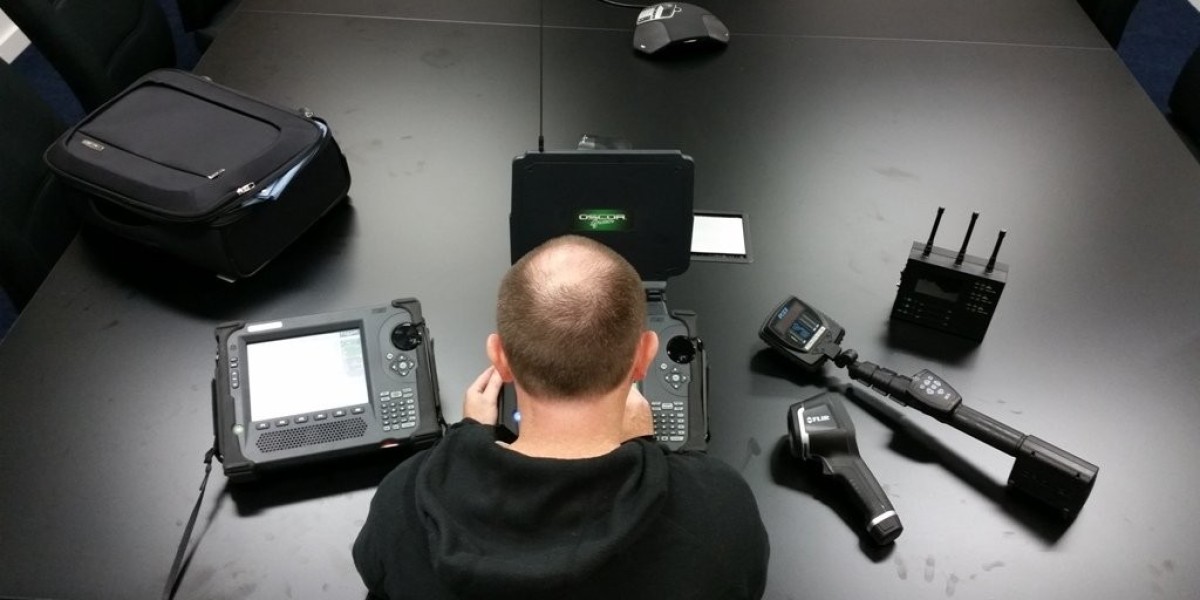With the increasing prevalence of wiretapping and unauthorized surveillance, safeguarding our private conversations has become paramount. In this blog post, we delve into the world of wiretapping detection, exploring the methods and technologies designed to protect our privacy.
Understanding Wiretapping:
Before we delve into detection methods, let's understand what wiretapping entails. Wiretapping involves the interception of communication signals, such as phone calls or internet data, without the consent of the parties involved. This clandestine practice raises serious ethical and legal concerns, infringing upon individuals' right to privacy.
The Need for Detection:
Detecting wiretapping attempts is crucial for maintaining privacy and preventing unauthorized access to sensitive information. Whether it's corporate espionage, government surveillance, or personal privacy breaches, the ability to identify and thwart wiretapping efforts is essential.
Traditional Methods:
Historically, wiretapping detection relied on physical inspection of communication devices and lines. Professionals would conduct thorough checks for unauthorized hardware or anomalies in the wiring infrastructure. While effective to some extent, these methods are labor-intensive and may not detect sophisticated digital wiretapping techniques.
Advanced Technologies:
With advancements in technology, detecting wiretaps has evolved significantly. Signal analysis software and hardware have become instrumental in identifying anomalies in communication signals. These tools can detect unusual patterns, unexpected fluctuations in signal strength, or unauthorized devices intercepting the communication channel.
Encryption and Secure Communication:
Prevention is often the best defense against wiretapping. Encrypting communication channels and using secure communication protocols can make it significantly harder for unauthorized parties to intercept and decipher messages. End-to-end encryption ensures that only the intended recipients can decrypt and access the contents of the communication.
Radio Frequency (RF) Sweeping:
RF sweeping involves scanning an area for radio frequency signals emitted by covert listening devices. Specialized equipment can detect the presence of such devices, allowing security professionals to identify and neutralize potential threats. RF sweeping is particularly useful in corporate environments, where sensitive discussions may be targeted by eavesdroppers.
Behavioral Analysis:
In addition to technical methods, behavioral analysis can also aid in detecting wiretapping attempts. Monitoring for unusual behaviors or patterns in communication activities can raise red flags indicating potential security breaches. For example, sudden changes in network traffic patterns or unexplained drops in call quality may warrant further investigation.
Regular Audits and Inspections:
Maintaining a proactive approach to security is essential in combating wiretapping threats. Regular audits and inspections of communication infrastructure can help identify vulnerabilities and ensure compliance with security protocols. By staying vigilant and proactive, organizations can mitigate the risk of unauthorized surveillance.
Conclusion:
In an era where privacy is increasingly under siege, the ability to detect and thwart wiretapping attempts is indispensable. From traditional inspection methods to cutting-edge technologies, a multi-layered approach to wiretapping detection is necessary to safeguard sensitive information and uphold individuals' right to privacy. By staying informed and leveraging the latest advancements in security technology, we can fortify our defenses against the ever-present threat of unauthorized surveillance.








